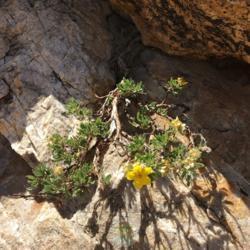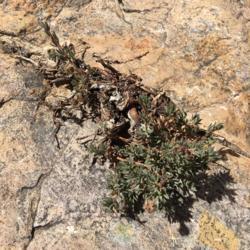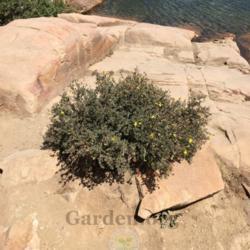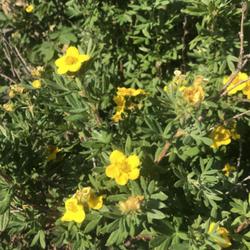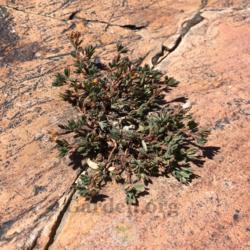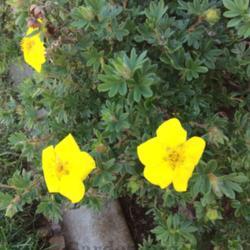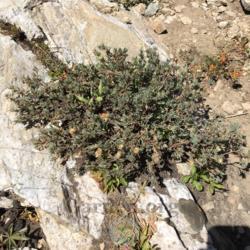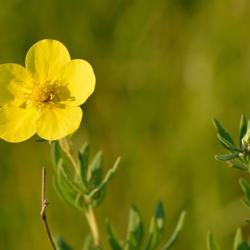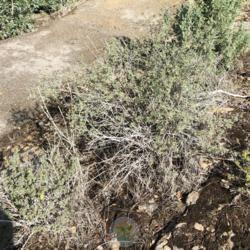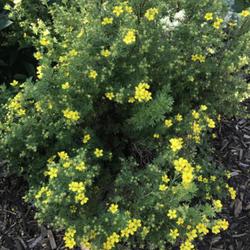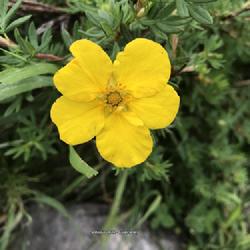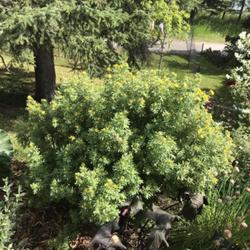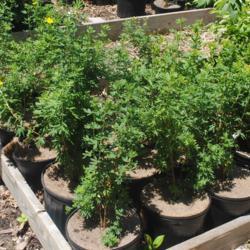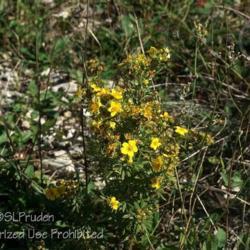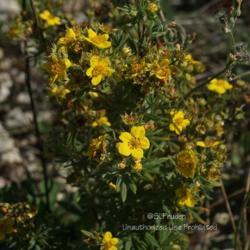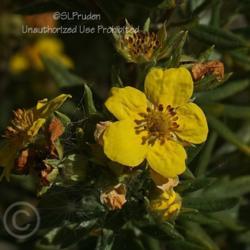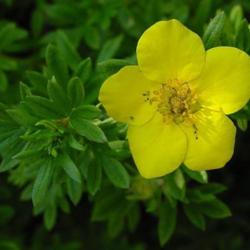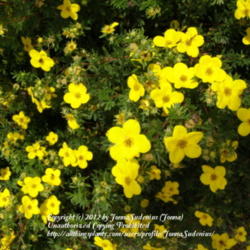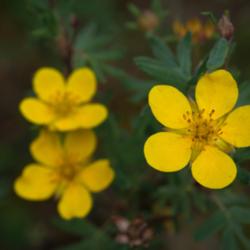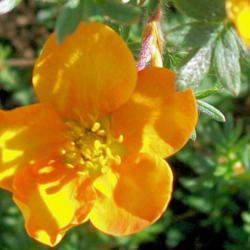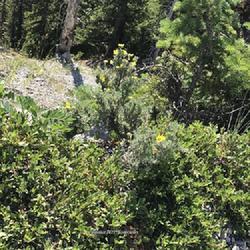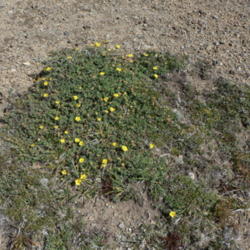Posted by
ILPARW (southeast Pennsylvania - Zone 6b) on Jun 20, 2018 3:59 PM concerning plant:
Several cultivars of this species were very popular, being sold in the 1970's into the 1980's. However, sometimes this small, soft woody shrub would just die out in landscapes after several years or become unkempt as people did not know how to prune it down each year, so it lost its former popularity. Some are still sold at a good number of nurseries in several cultivar forms and I have seen a fair number growing well in many landscapes and gardens in the Midwest and East. It is still a relatively short-lived shrub of maybe 20 to 40 years, though there is a report of one about 60 years old. The mother species only bears yellow flowers and is only sold at a few native plant nurseries. The species has a large native range covering some of Alaska, most of Canada, the Rocky Mountains Region down into southern New Mexico, some areas of northern & central California, spots in the Dakotas, some areas from northern Minnesota down to central Illinois, then spots in Indiana & Ohio, northern New Jersey & areas of New York and most of New England; and it is also native to northern Eurasia. In the wild it grows on cliffs and dry hills and dunes, in meadows & prairie, in fens and swampy ground, so it grows in dry to wet soils from slightly acid to well-alkaline. In landscapes it is best in moist, well-drained soils. It has a fibrous, shallow root system and is easy to transplant. It blooms heaviest in early summer, then sporatically the rest of summer, then has a second bigger bloom in September. I think it is worth trying to grow as a small group of low shrubs that are sort of like perennials. Do prune by either removing 1/3 of the stems each year or by cutting down sort of low in late winter or early spring. It does not have serious disease or pest problems. A number of different cultivars of the species differ in having different shades of yellow flowers, a few with white flowers, a few with pinkish flowers where summer temperatures do not get hot; some have smaller flowers in a greater number while other have less but larger flowers; and the foliage ranges from more coarse to more fine texture.

